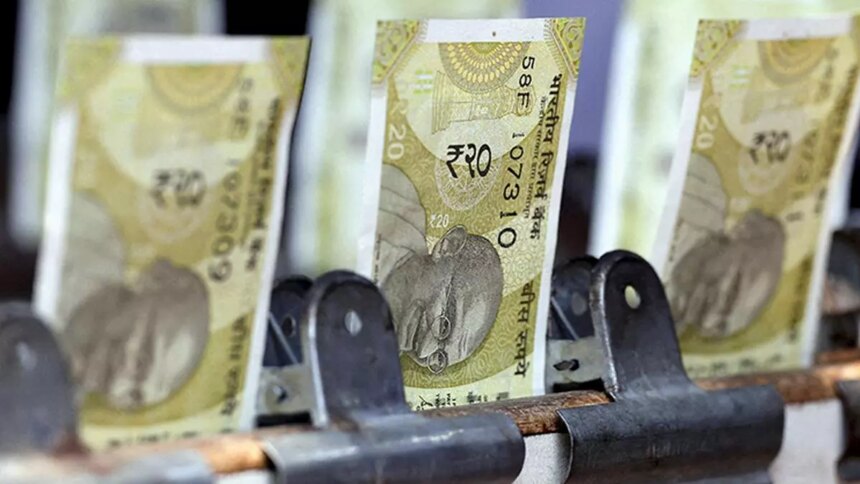The depreciation of the Indian rupee against the US dollar to a record low of 85.79 on Friday signals a challenging start to the year for the currency. The strong dollar demand from importers and a cautious market sentiment contributed to the rupee’s decline.
The US dollar’s strength against most currencies, including the rupee, is a result of expectations of fewer rate cuts and the belief that the US economy will continue to perform well compared to its global counterparts. The dollar index surpassed the 109-mark, indicating its firm position in the currency market.
Despite reports of the RBI selling US dollars to support the rupee, the local currency closed at a record low of 85.79. The market remains focused on the policies of US President-elect Donald Trump, which could potentially impact global growth and influence the US Federal Reserve’s interest rate decisions.
In the coming days, the rupee is expected to face pressure from a strong US dollar, increased demand from importers, and potential FII outflows. However, interventions by the RBI may offer some support to the rupee at lower levels.
In terms of trading, the USDINR spot price is predicted to fluctuate within the range of 85.60-86.00. Additionally, factors such as the performance of the dollar index and the price of Brent crude oil will continue to influence the rupee’s movement in the forex market.
On the equity front, the BSE Sensex and Nifty witnessed a decline, reflecting the overall cautious sentiment in the market. Foreign institutional investors (FIIs) acquired INR 1,506.75 crore in the capital markets on Thursday, indicating continued foreign interest in Indian assets.
In conclusion, the rupee’s record low against the US dollar underscores the currency’s vulnerability to external factors and market dynamics. Monitoring key economic indicators and global trends will be crucial in determining the rupee’s trajectory in the coming days.










